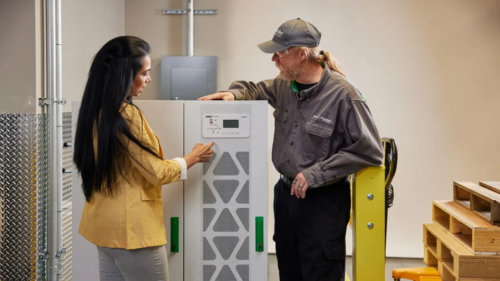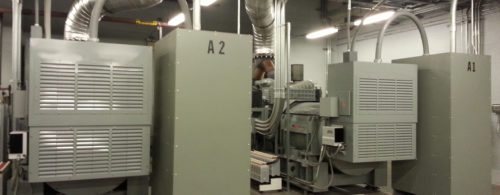Top ways MEP engineering services can make older buildings more efficient: Part 1
In the first of a three-part series, we break down two strategies that use MEP engineering services to make existing buildings more energy efficient.
Sustainability is important as it relates to new construction—however, it also should be a priority when updating older buildings. To satisfy the changing demands in an environment of growing energy costs, RTM focuses specifically on providing clean, efficient solutions to owners.
In the first of a three-part series, we break down two strategies that use mechanical, electrical, and plumbing (MEP) engineering services to make existing buildings more energy efficient.
1. Use energy modeling
It’s essential to understand what the potential costs, risks, and paybacks are for each energy-saving solution—before getting too far along in the renovation design process-to realize the owner’s energy goals. RTM uses energy modeling, a virtual simulation of a building’s energy use, to identify problem areas and then evaluate and compare different options for improving energy efficiency. Through energy modeling, RTM is able to understand what a building’s current energy consumption is as well as make accurate predictions about future utility bills and long-term costs related to lighting, heating, and cooling. This type of modeling also facilitates choosing high-efficiency equipment with precision and weighing the benefits of solutions, such as wind turbines and photovoltaics.
2. Measure the Building Energy Quotient (bEQ)
Determining how to increase the energy efficiency of an older building is challenging, but Building Energy Quotient (bEQ), a rating program from ASHRAE, provides standards and best practices to improve operational and financial performance.
"As part of a Green Works initiative program in Orlando, the team at RTM is performing as-designed evaluations per ASHRAE’s bEQ program at numerous buildings owned and operated by the city," said RTM Principal Mitesh Smart, PE. "We’re proud to be the only actively contracted firm in the nation providing as-designed ratings on such a large scale to create energy-benchmarking models for comparing buildings independent of operational and occupancy variables."
RTM uses bEQ to understand how a building consumes energy, determine intended building performance, and estimate costs and payback to improve energy efficiency. The program focuses on getting the greatest return on investment while maintaining a high level of comfort for building occupants.
-This article originally appeared on RTM. RTM is a CFE Media content partner.
Do you have experience and expertise with the topics mentioned in this content? You should consider contributing to our CFE Media editorial team and getting the recognition you and your company deserve. Click here to start this process.




